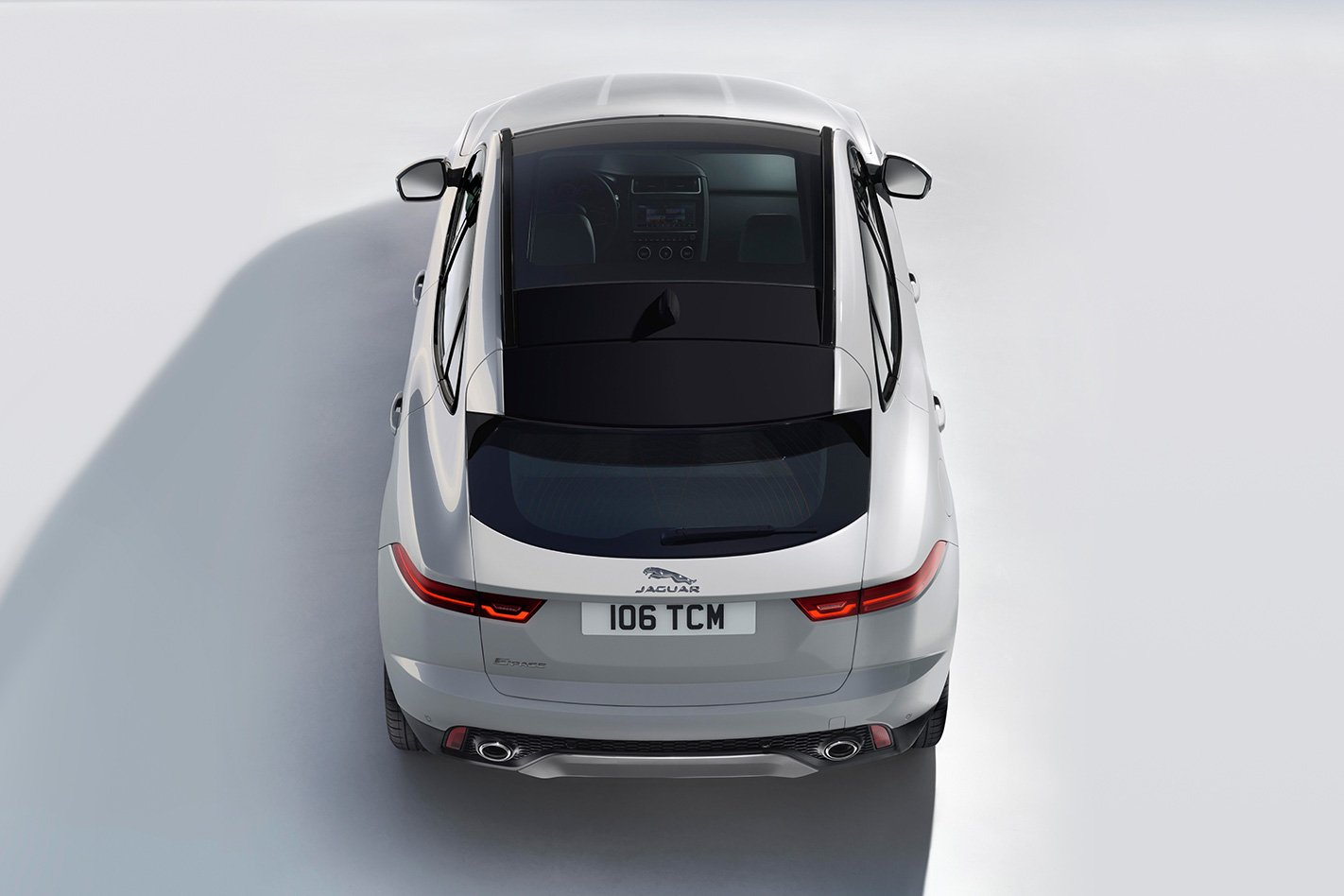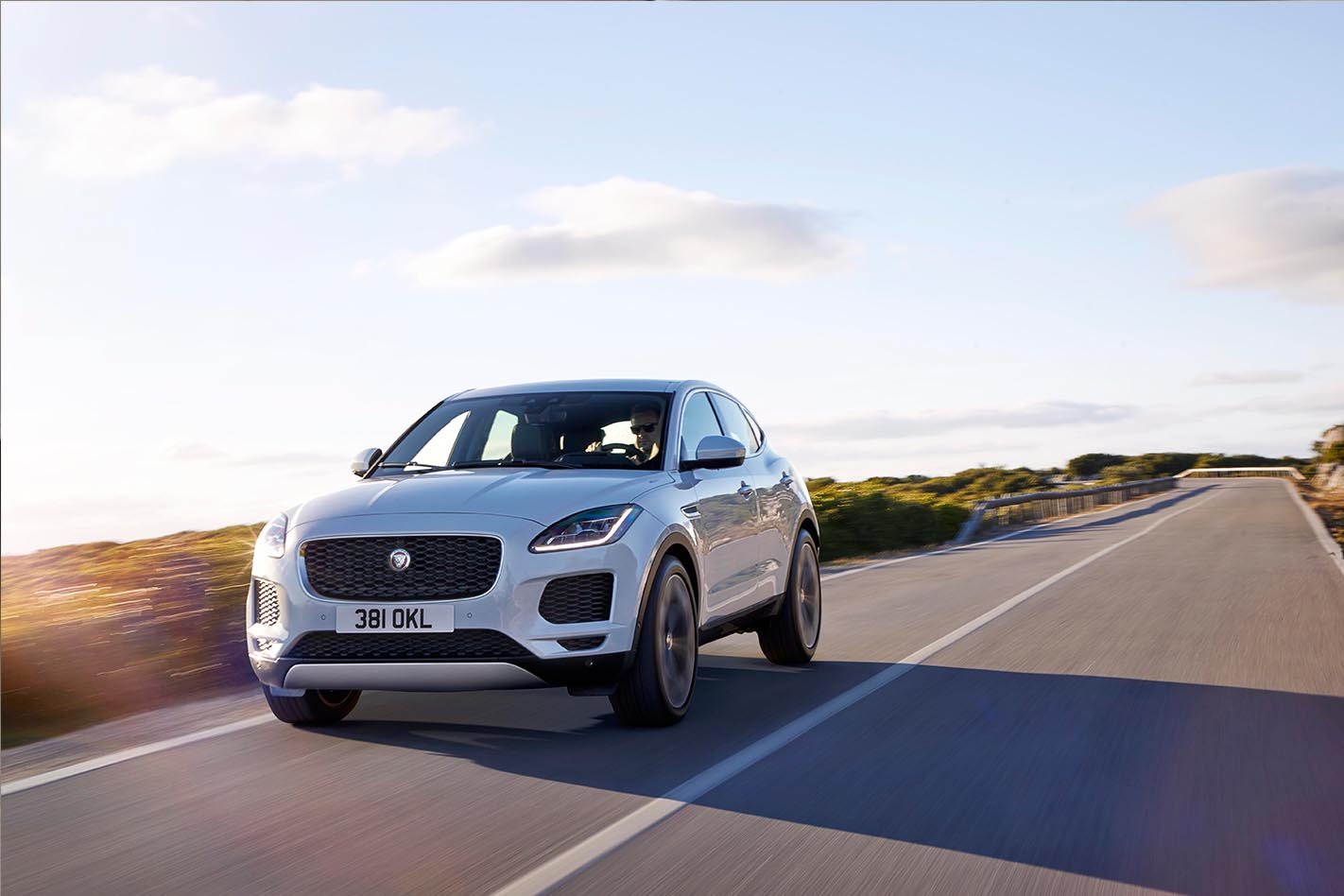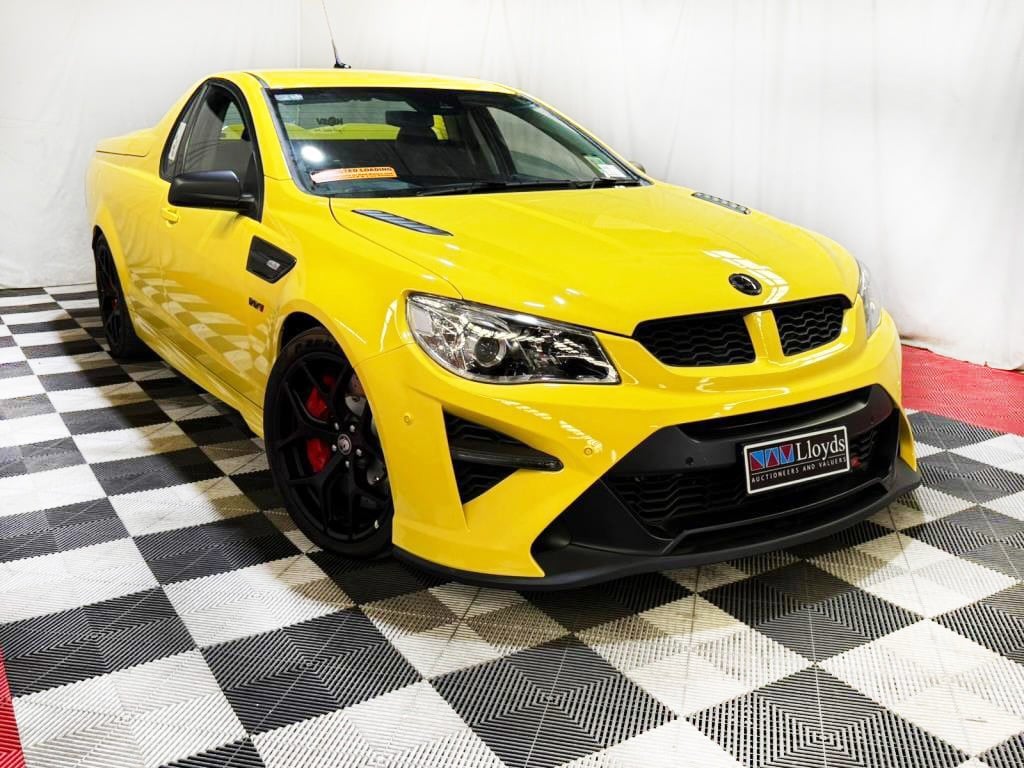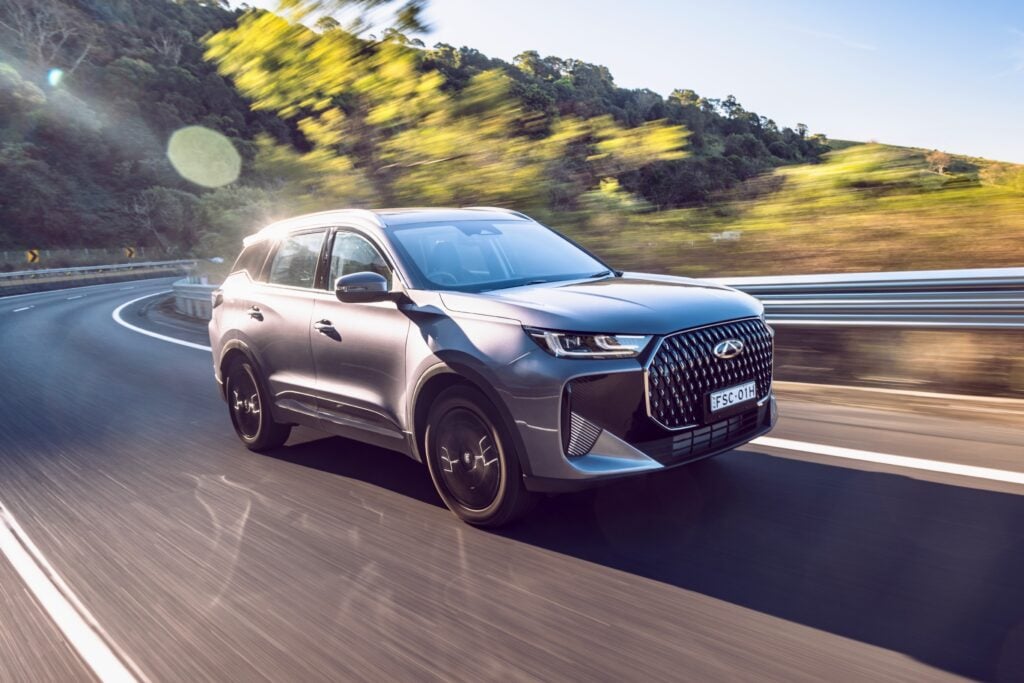Just twelve months after Jaguar launched the F-Pace SUV in Australia, it has taken the wraps off that car’s junior sibling, the E-Pace.
Don’t be fooled by the name, it’s not an electric car. Designed to go head to head with rivals like the Audi Q3 and the Mercedes-Benz GLA, the Jaguar E-Pace might be small, but Jaguar has gone large with the product range, with an initial pricing estimate ranging from $48,000 up to $85,000 plus on roads.
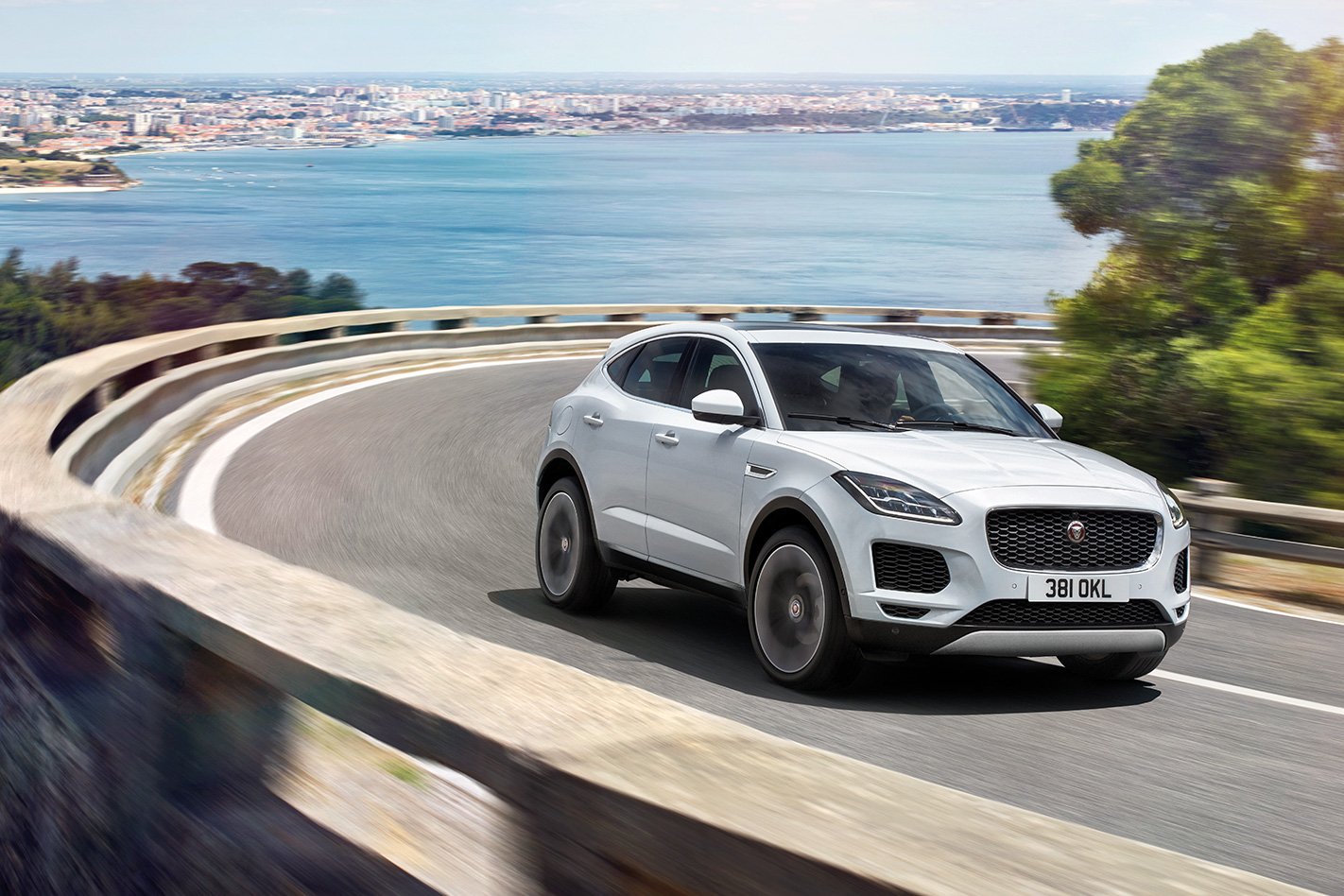
Opening the diesel ledger is the all-wheel drive D150 (110kW/380Nm), with a D180 mid-ranger (132kW/430Nm) and a D240 (177kW/500Nm) black-pump flagship. The petrol duo comprise a P250 entrant (183kW/365Nm) and a P300 performance range-topper (221kW/400Nm), the latter squaring up to the Audi RS Q3.
There are two distinct all-wheel drive chassis on offer too. The D240 and P300 versions get a torque-sensing Active Driveline architecture with a clutch pack on the rear axle to direct drive to whichever rear wheel can best deploy it. In steady-state driving, only the front wheels are driven, but if it gets slippery, Jaguar claims this system sends enough power to the rear to be able to keep the car in a controlled drift.

Drivers can switch between Normal, Dynamic, Eco and Rain/Ice/Snow modes on the JaguarDrive Control unit, the system altering throttle mapping, steering response, transmission shift speed and, where fitted, the AdaptiveDynamics suspension (Jaguar-speak for continuously variable dampers). Weight has been cut via the extensive use of aluminium componentry, both in the body and the suspension assemblies. If you’re really not too fussed about unsprung weight, you can even specify a 21-inch alloy wheel – a first in this class. Jaguar even promises the ‘biggest ever Growler’ which is the badge on the grille that cunningly hides the adaptive cruise sensors.
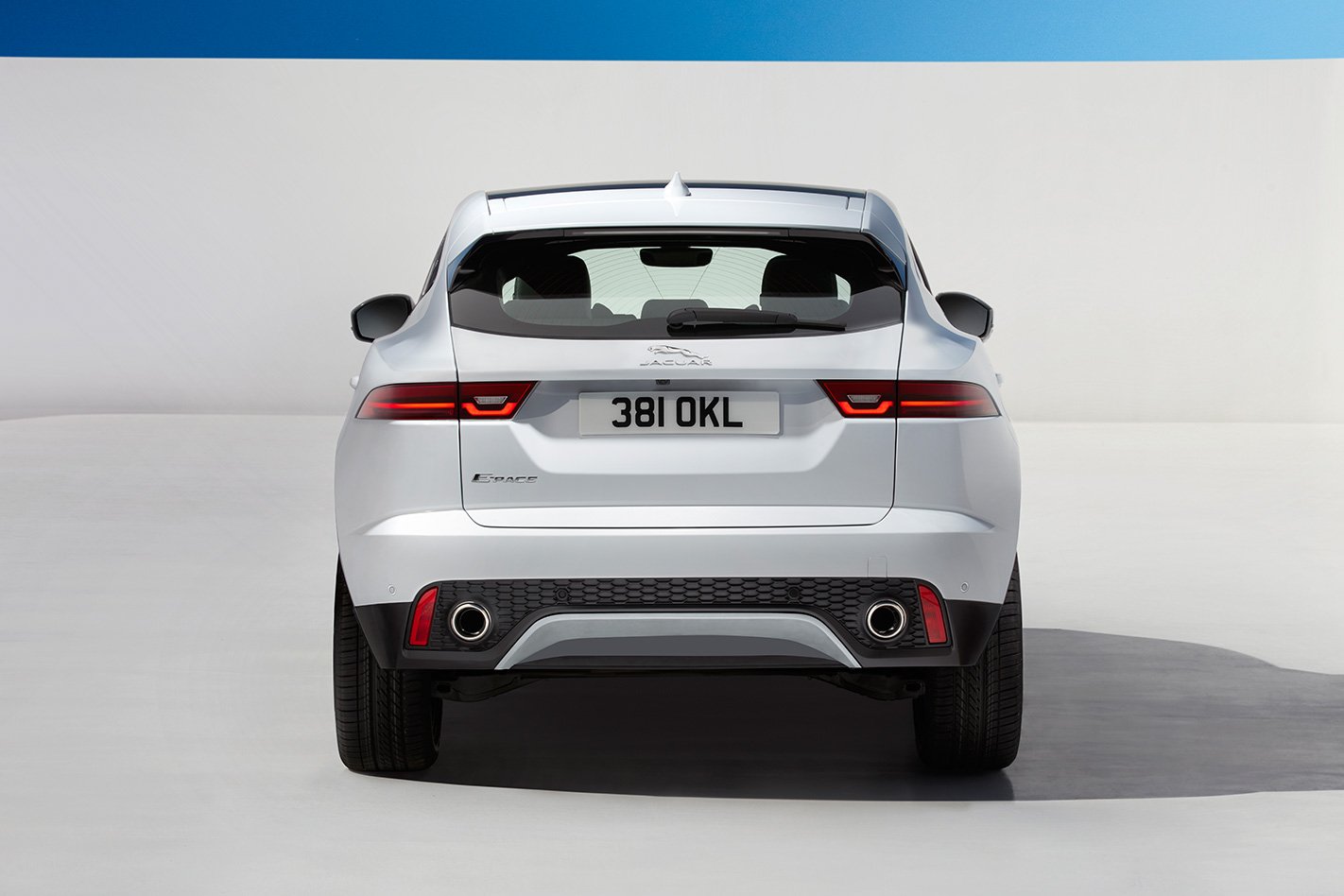
A big slug of the E-Pace’s development budget has clearly been diverted to the infotainment systems, the car getting the latest Touch Pro centre screen that allows you to pinch, swipe and zoom like you would with your smartphone. You can split the 1280×542 pixel screen to show two different functions. If that’s not enough, customers can select a massive 12.3-inch TFT screen. There’s also a full-colour Head Up Display that’s hugely customisable. All five occupants get their own USB charging point and there are four 12v charging points.
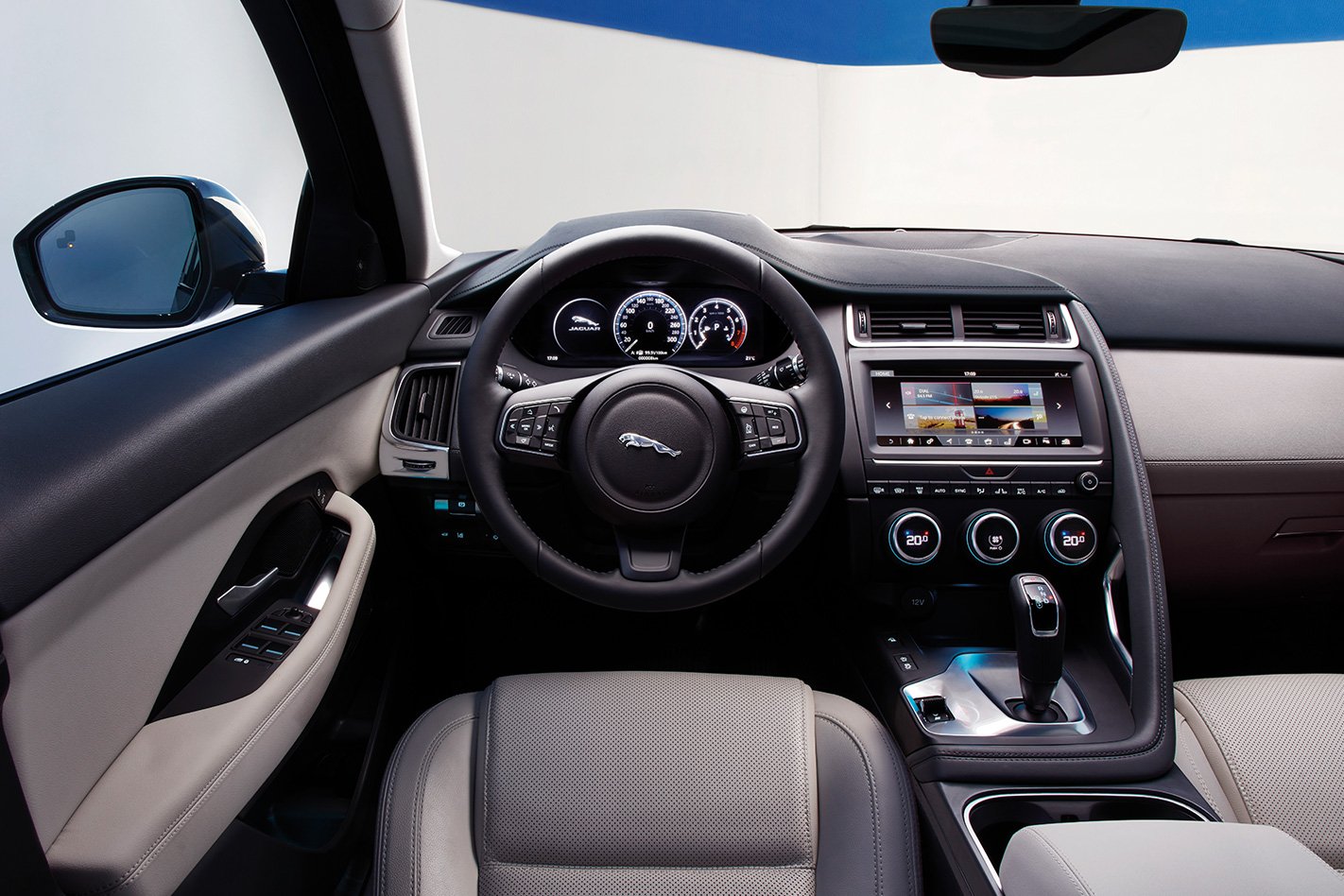
Full Australian specs have yet to be finalised, but Jaguar has initially announced four trim levels; S, SE and HSE in the mainstream range and a First Edition offered solely with D180 and P250 engines for the initial year of manufacture. Talking of which, with Jaguar’s UK factories close to capacity, paymasters TATA have had to cast their net a fair bit wider. Aussie cars will be bolted together at Magna-Steyr’s plant in Graz in Austria, while Chinese market vehicles will roll off the lines of the Chery plant in Changshu.
If F-Pace global orders are anything to go by, the E-Pace is going to keep these factories very busy indeed. Could it prove the greatest thing to come out of Graz since Arnold Schwarzenegger? Keep checking back here for the first drive review.
